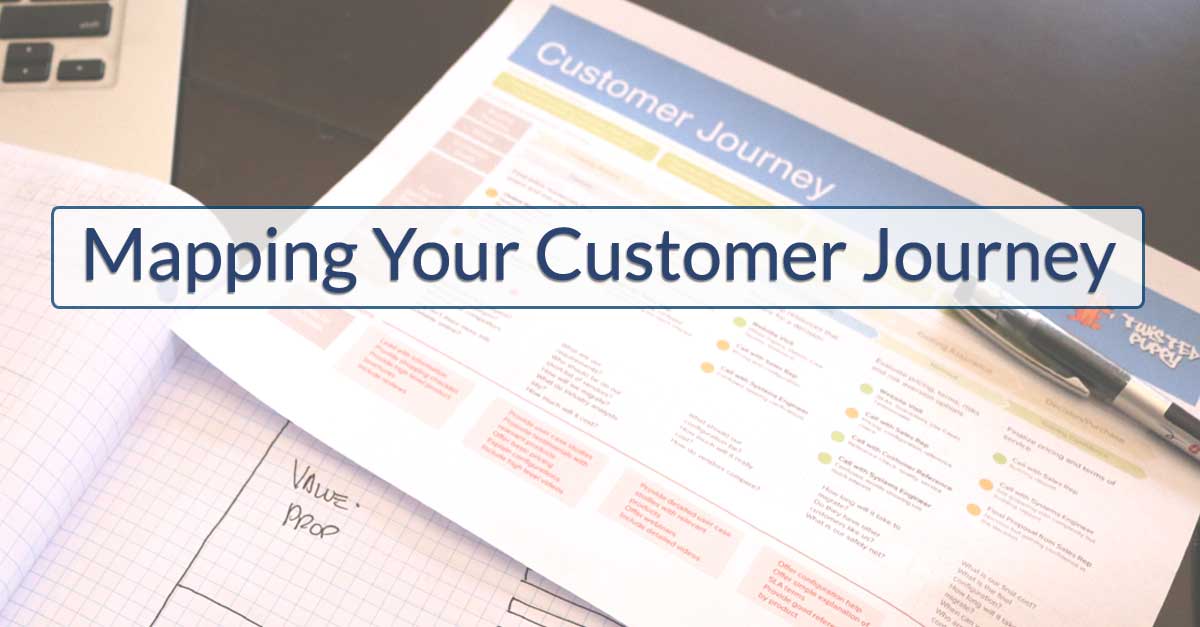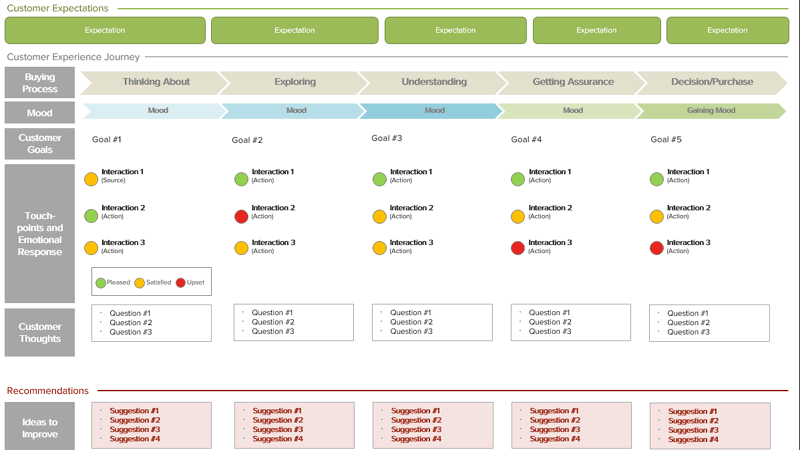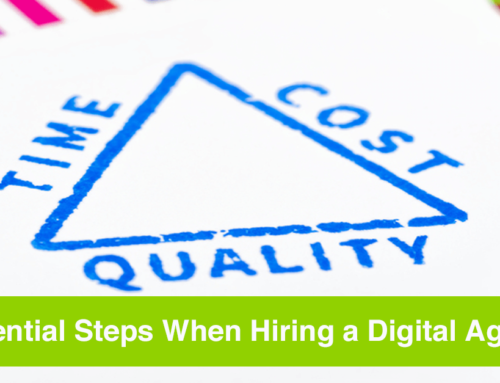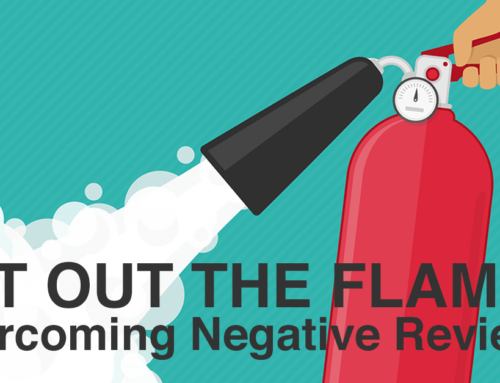At Twisted Puppy, we put a high value on customer experience. If you want to build a business, you won’t go far with a bad product, poor customer service or a negative customer experience. To get your brand off on the right foot, as we explained in our Octagon of Boom email course (hey, it’s still free!), we start with two critical pieces: customer personas and mapping your customer journey. A customer journey is comprised of a number of elements, including your product/service positioning, offers and tactics used to engage customers.
“Mass advertising can help build brands, but authenticity is what makes them last. If people believe they share values with a company, they will stay loyal to the brand.”
Howard Schultz, CEO Starbucks
In 1996, Michael Shrage of MIT famously described “Provices and Serducts” as an emerging trend. The blending of product and service is essentially creation of a more engaging customer experience. If you sell a product, it better be perfect, because the moment there’s trouble, the customer wants service! If you sell a service, you’ll have longer-lasting relationships if you also have some form of anchoring product (otherwise you’re dispensable at the drop of a hat).
Regardless of your business model, you should strongly consider mapping your customer journey. It can help you find snags in customer experience, smooth out rough spots in your sales or service processes and ultimately lead to lower costs and higher revenue.
How to Start Mapping Your Customer Journey: Research
If you’ve been in business a while, you may not even know what your processes are anymore. You may have changed personnel, updated offerings or winged it all along. You should review how everything works from start to “finish” with your marketing, sales and fulfillment. How? Interview your staff, take notes, draw diagrams, take customer surveys and collect documentation. Research is a key building block, and it doesn’t have to take a great deal of time. Get the basics and delegate to individuals responsible where you can. The Customer Journey Map below should guide your research.
A Key Element to Understand: Voice/Tone
You may think you have a brand represented as “light and happy”. Your research should unearth the reality. If customer surveys indicate it’s “dark and dreary”, you may want to move into the core mapping exercise with an eye toward instilling the right brand message. Your company voice plays out at every step on the journey. What story do you want your customers to hear? Note, internal messages matter too – what employees say to one another also matters. You’ll want to reduce friction wherever it appears.
Drawing the Map
Customer Expectations
A customer wants to interact with your company with ease. For example, on your website, they want to find information easily and understand what you do and why you’re a credible source. If it’s at an in-person event, they’ll want access to useful information and a helpful staff member. As they engage further with you, they’ll want more evidence that your offering is a reasonable value – where price and product intersect. Proof may come from a number of sources, from data sheets to social proof. The more you can provide evidence with ease, the more you meet customer expectations.
Buying Process
The key steps in the buying process are Thinking About, Exploring, Understanding, Getting Assurance, Decision/Purchase, Post-Purchase (which could actually be its own map). You’ll fill in elements for each step based on the next few items. These stages of your funnel(s) should be easy to divide.
Mood
What is the customer feeling at each step of the buying process? Curiosity, fear, anger? Your goal is to make it happy!
Customer Goals
What is the customer trying to do? What do they need to make a decision to continue to the next step?
Touchpoints & Emotional Response
Describe the interaction, whether internal or external. What is the event (website visit, phone call, download, order processing)? What does the customer want and get? We like to color-code (red, yellow, green) to convey the emotion of the customer. Are they mad? Red. Are they happy? Green. The less red and more green the better.
Customer Thoughts
Empathy is critical in mapping your customer journey, and the kinds of questions you anticipate are essential to a solid customer experience. We prefer to ask sales teams directly what questions they get (like FAQs). It is amazing what you can learn from the trenches: if your persona is right, if your messaging is right, if your collateral is sufficient. Look at emails or explore notes from phone calls. They all tell a story of the customer’s buying process.
Ideas to Improve
What can you add, change or remove to turn emotional response reds to yellows or yellows to greens? Is it a new document? Is it a change to the product? Is it an improvement to your process? Make a checklist and prioritize it. The more you can reduce friction, the faster your customer experience will improve.
Tools for Mapping Your Customer Journey
One size does not fit all, but we’ll share our template (100kb zip PowerPoint file) as a starting point. You can also check out some of our additional reading to find in-depth research and tactics from industry experts. Mark Cuban once said, “Make your product easier to buy than your competition, or you will find your customers buying from them, not you.” Mapping your customer journey can help do just that.
Jeff Bezos went one step further when he said, “We see our customers as invited guests to a party, and we are the hosts. It’s our job every day to make every important aspect of the customer experience a little bit better.” Has Amazon done that? Apparently they’re crushing it, based on today’s $350 billion market cap, making Amazon a top 10 company worldwide.
Take a look at mapping your customer journey. You may not own the Mavericks or be a huge international company, but you can improve your flow, reduce friction and convert more business if you try.







![Video Engagement [Infographic]](https://twistedpuppy.com/wp-content/uploads/2017/08/twisted-puppy-blog-video-engagement-1-500x383.png)


[…] This article first appeared on the Twisted Puppy blog. […]